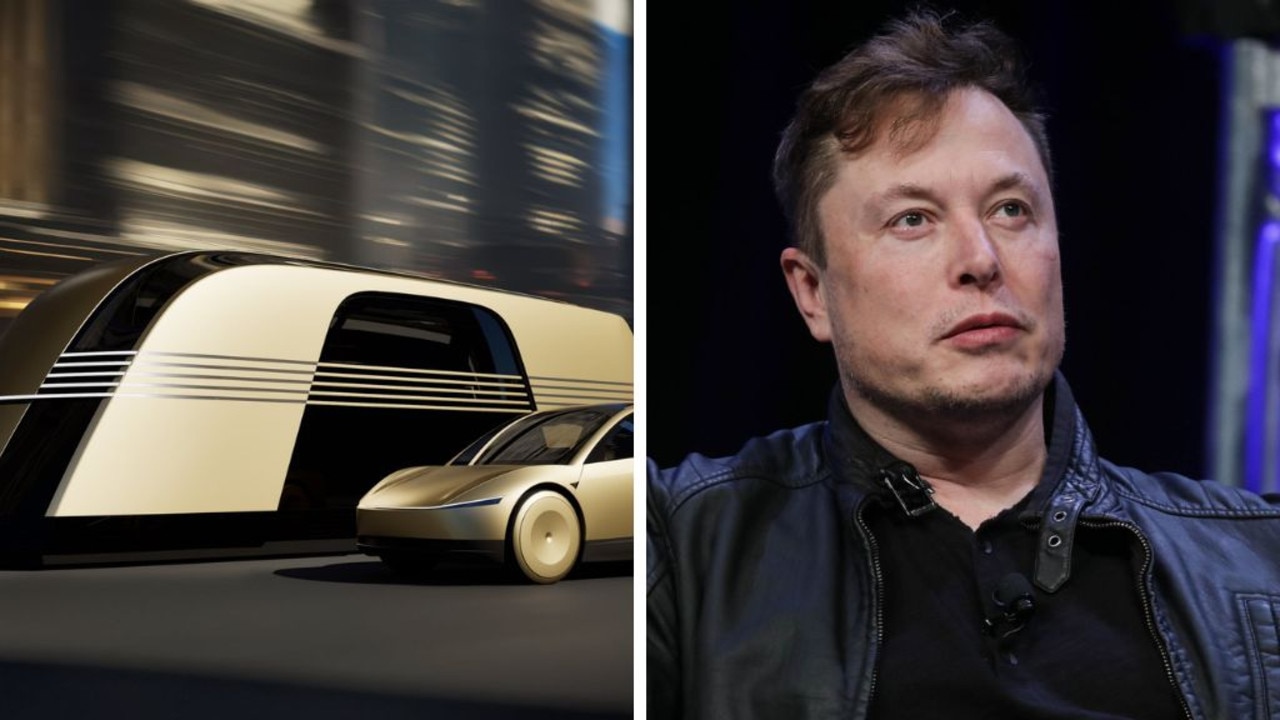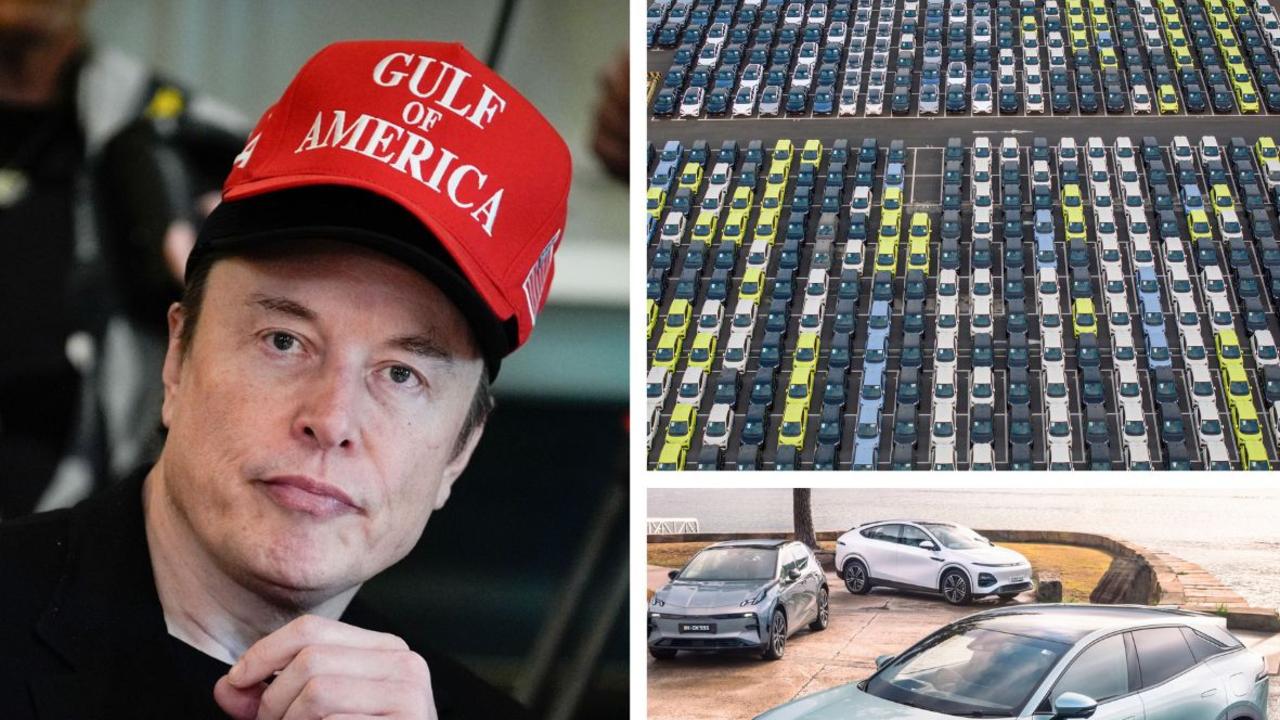Why the Mazda CX-3 is Australia’s favourite baby SUV
This isn’t the newest, cheapest or best-equipped car in its class. But it is a winner for thousands of families around the country.
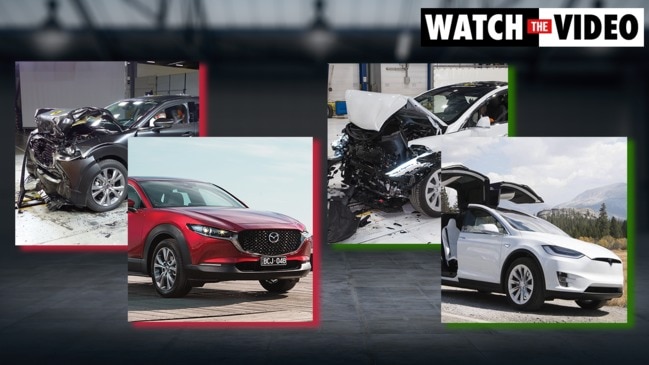
The Mazda CX-3 is a familiar sight on Australian roads for a good reason. Here are five things you need to know about the brand’s compact crossover.
It’s an Aussie favourite
The Mazda CX-3 is a clear sales leader in the baby SUV class, attracting nearly twice as many customers as its nearest rivals. Based on the compact Mazda2 hatchback, the CX-3 competes against newer rivals such as the Toyota Yaris Cross, Hyundai Venue, VW T-Cross and Kia Stonic.
The CX-3 is one of the older cars in its category, which is a double-edged sword. While customers are not getting cutting-edge tech and digital dashboards, they are likely to be well aware of the car, having seen hundreds – if not thousands – on the road.
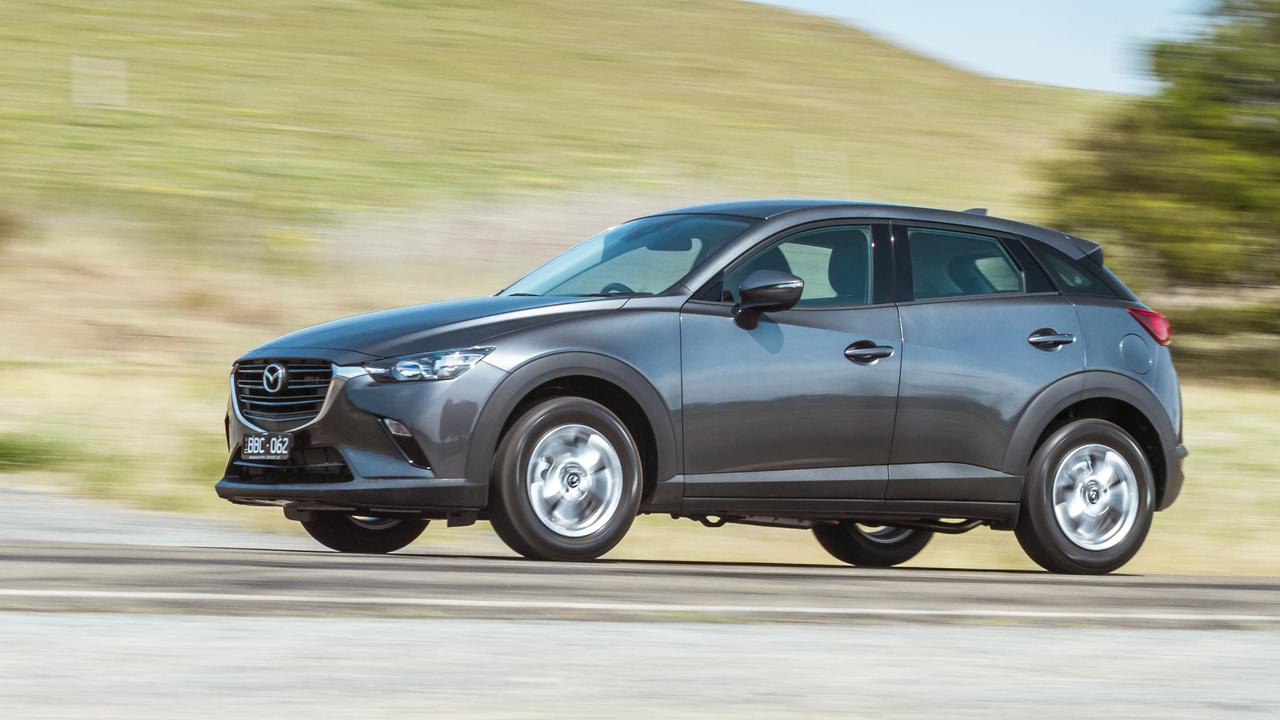
Equipment is impressive
We tested the CX-3 in Maxx Sport trim, which is one level up from the basic Neo Sport. Priced from $29,990 drive-away with a six-speed automatic transmission, the Maxx Sport adds 16-inch alloy wheels, blind-spot monitoring and satnav to the standard model’s long features list. Safety gear includes front and rear auto emergency braking and rear cross-traffic alert.
A one-touch electric handbrake and push-button start are nice touches, while infotainment is taken care of by a 7-inch touchscreen with Apple CarPlay/Android Auto and a digital radio. Modern omissions include LED headlights (reserved for more expensive models) and wireless phone charging or smartphone mirroring.
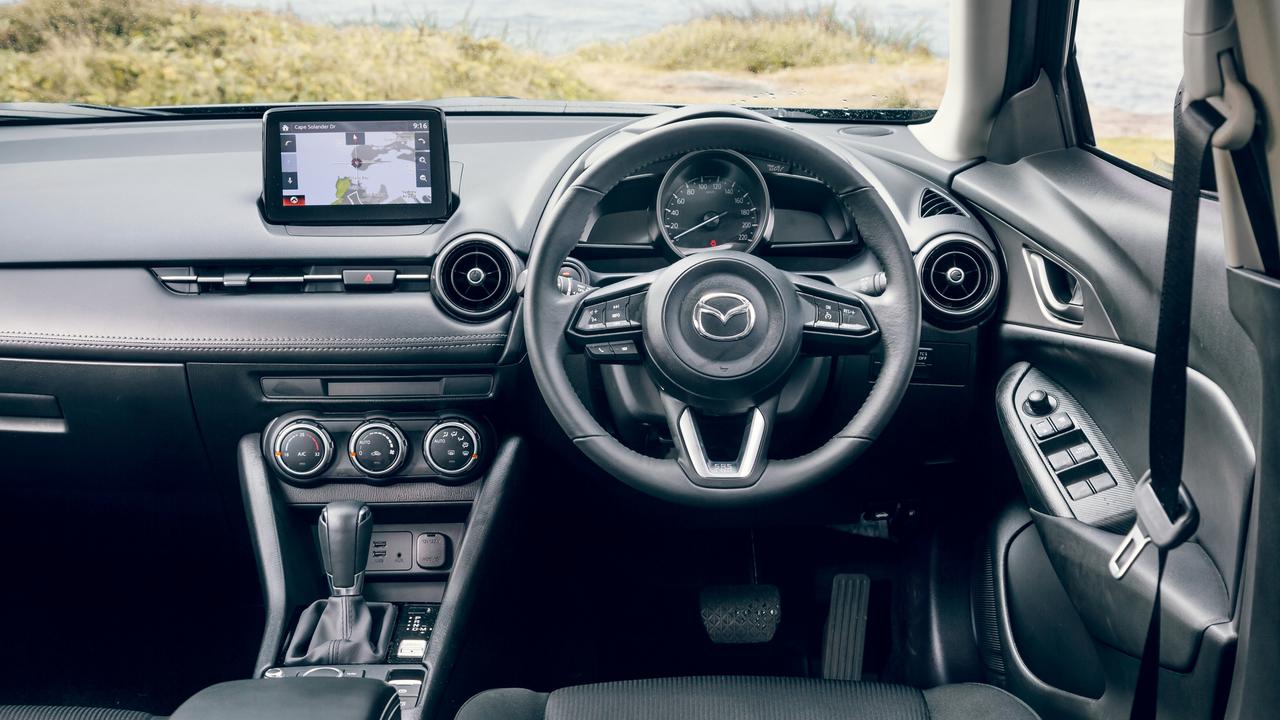
The choice is yours
Mazda offers six CX-3 models ranging from the $24,990 Neo Sport to the fully-loaded Akari LE that tops out at $39,990 drive-away. The CX-3 comes as standard with a manual transmission, while a six-speed auto adds $2000 to the bill.
All-wheel-drive loads another $2000 on top of the auto. While most brands charge for premium paint, five metallic tones are free with Mazda, or you can pay $495 extra for premium red or grey paint.
It’s not particularly quiet
Powered by a 2.0-litre non-turbo that uses 6.3L/100km to make 110kW and 195Nm, the CX-3 has adequate punch for a car this size. The six-speed auto is also a winner, shifting more smoothly at low speeds than dual-clutch autos favoured by some rivals.
The engine is more vocal than modern turbo rivals and has to be revved hard to deliver its best. As one of the oldest cars in the Mazda line-up, the CX-3 hasn’t benefited from the brand’s fanatical attention to noise suppression in recent years. There’s more wind, road and engine noise than the best in class.
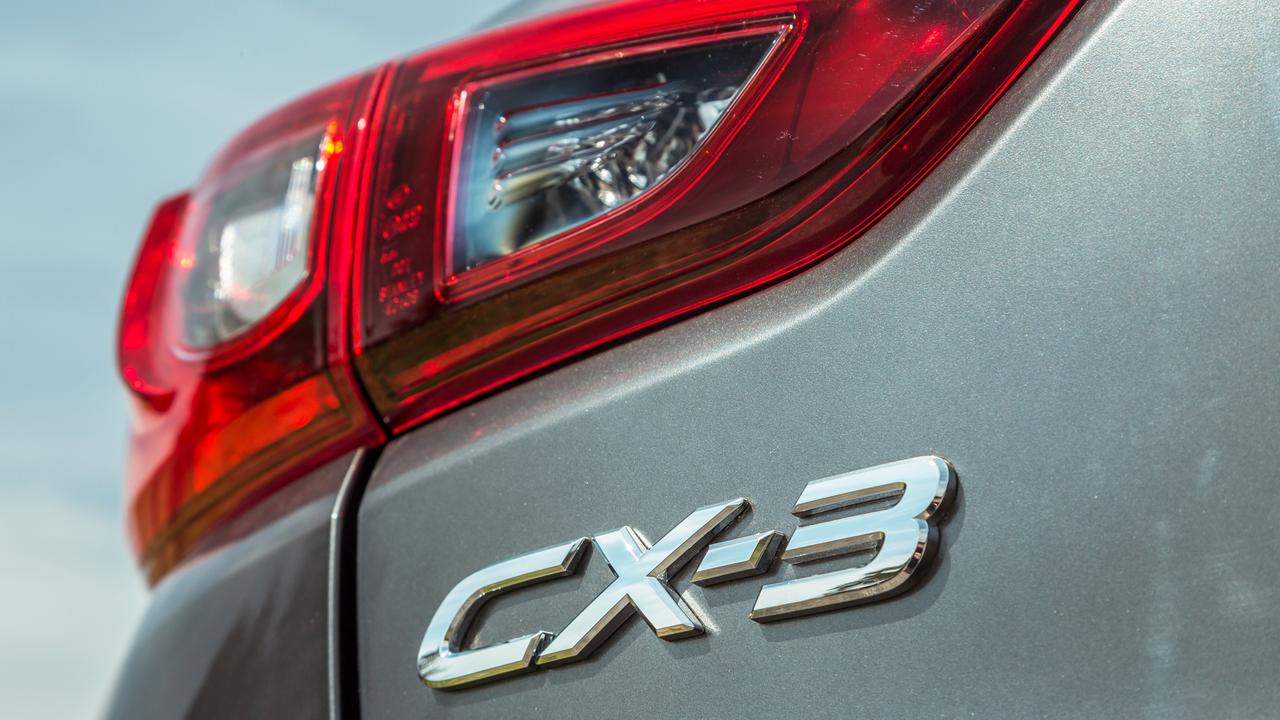
Dynamics are a strong point
Sports car handling is hard to find in high-riding crossovers. The CX-3 is one of the better options in its class, helped by accurate steering, responsive brakes, and firm suspension that resists excessive body roll. The trade-off is that it’s firmer on bumpy roads – the Mazda3 is a much more polished machine. The grunty engine and smart auto make it a willing accomplice in the cut and thrust of urban traffic. A high seating position offers an expansive view of the road ahead, though over-the-shoulder vision is less impressive. Back seat space isn’t great for adults, and the boot has less room than many alternatives for this price.
Mazda CX-3 Maxx Sport
Price: From $27,990 plus on-road costs
Engine: 2.0-litre 4-cyl petrol, 110kW/195Nm
Warranty/Service: 5-year/unlimited km, $1770 for 5 years
Safety: Six airbags, front and rear auto emergency braking, lane-keeping assistance, blind-spot monitoring, rear cross-traffic alert
Thirst: 6.3L/100km
Cargo: 264 litres
Spare: Space-saver

